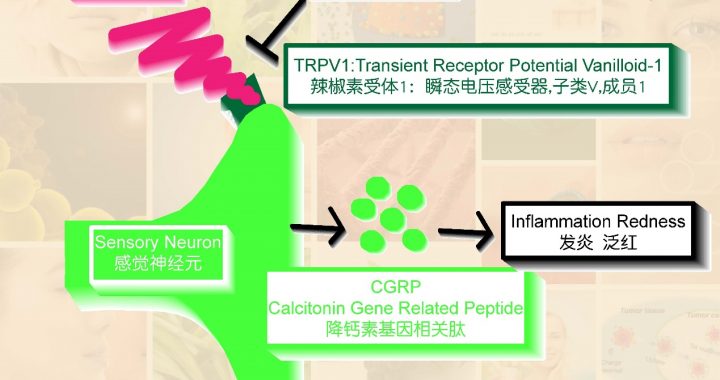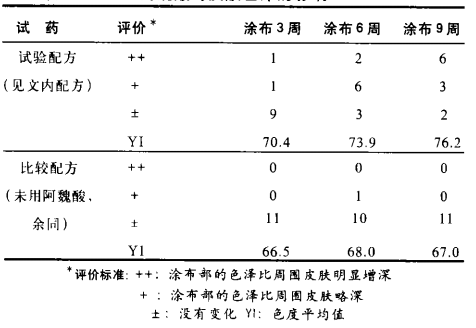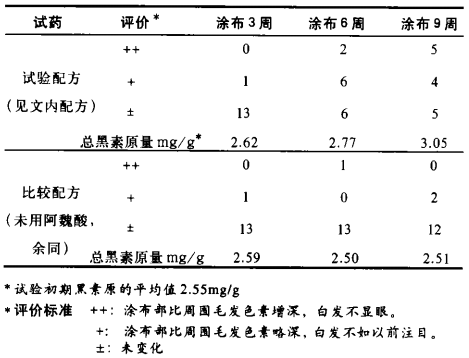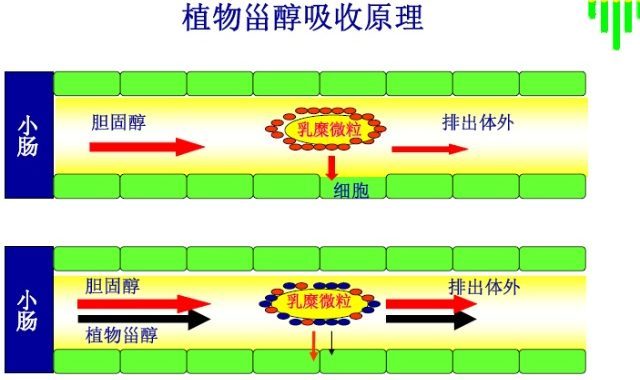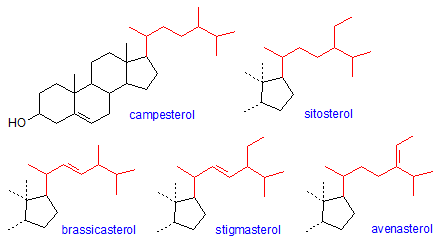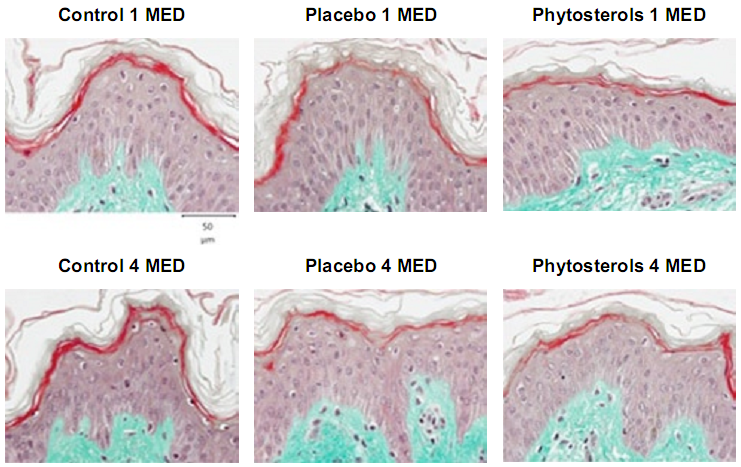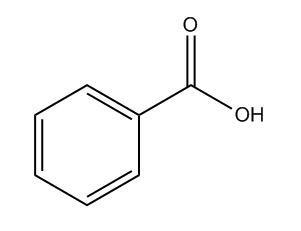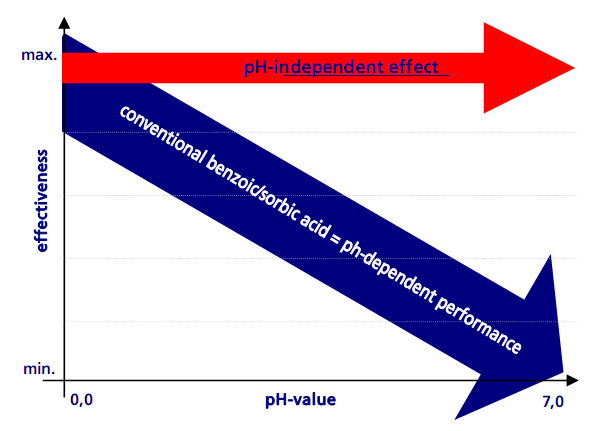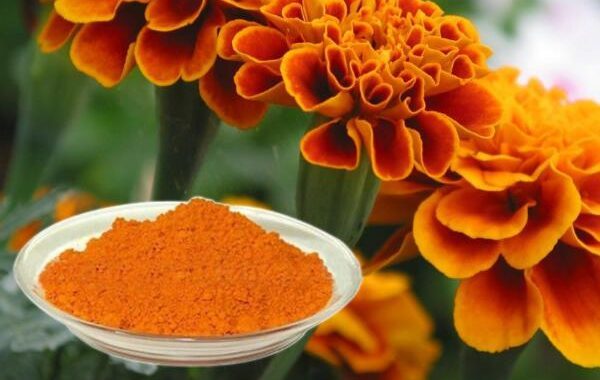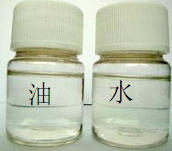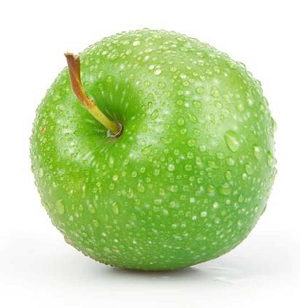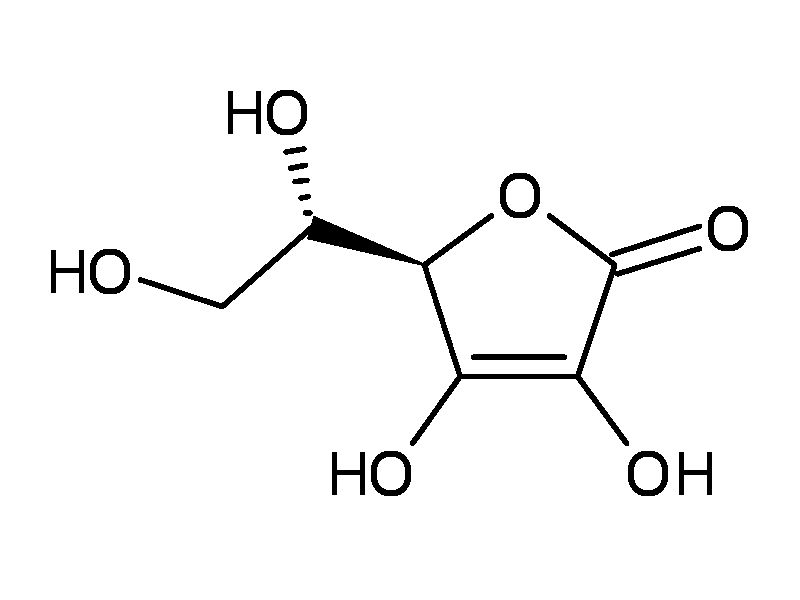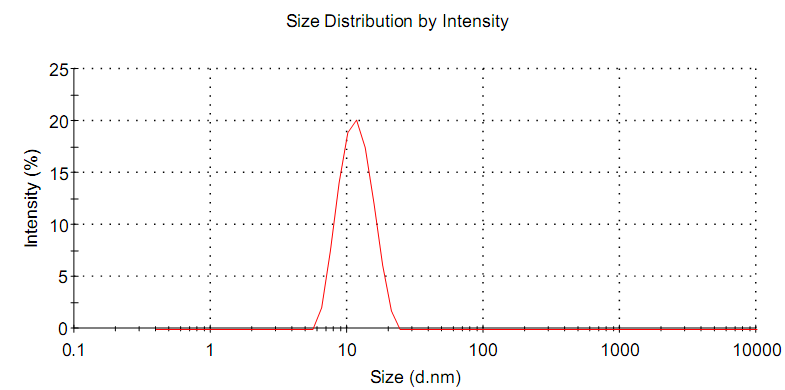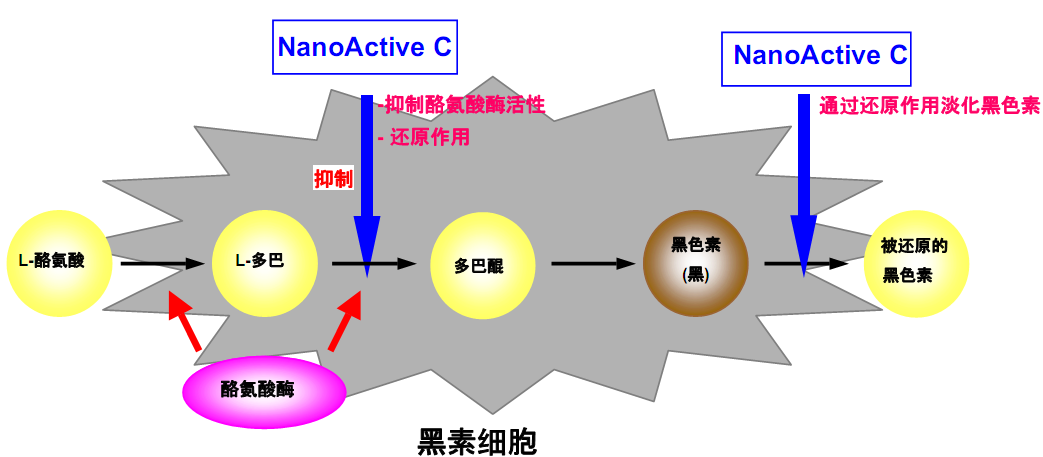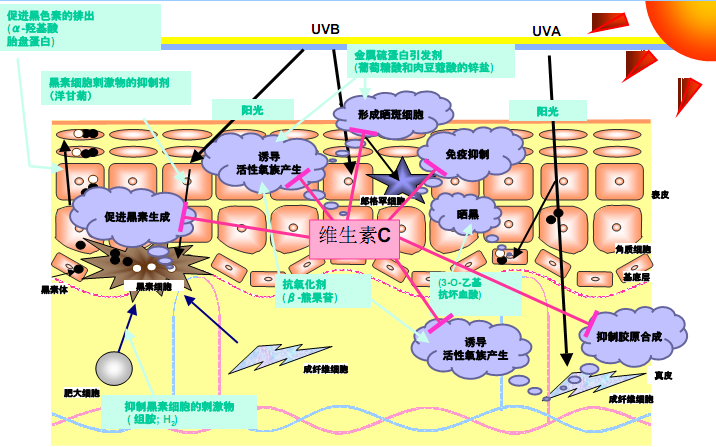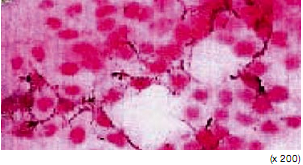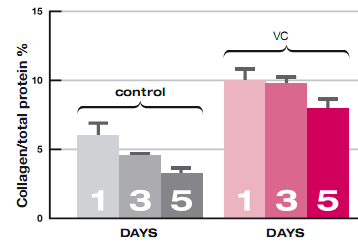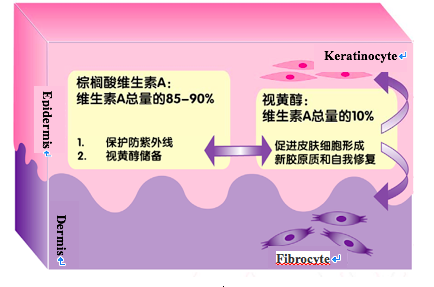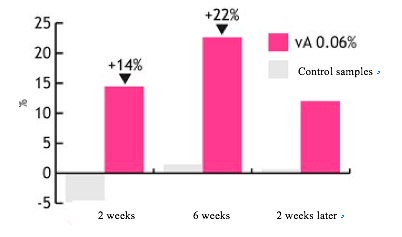Abstract: NanoSmooth is a new multi-effect skin care active product that developed by using a new type of nanochannel delivery technology which combines anti-inflammatory, anti-itching, and antibacterial healing active compounds such as plant polyphenols and dihydro-o-alkali alkaloids. This skin care active has the functions of repairing barrier, evening skin color, reducing fever and redness, etc
As people’s awareness of health and environmental protection enhances, active matter derived from plants is getting more and more attention. Plant polyphenols (PPs) are a kind of substance that plants produce to resist natural enemies, competitors, infections and physical injuries. Currently, over 8000 kinds of plant PPs have been discovered. Plant PPs’ abilities of UV absorption, anti-oxidation, radical clearance, metal complexation and antibiosis functions are similar among plants, animals and humans. Many PPs also have the activity of anti-inflammation, anti-allergy, micro-circulation facilitation, anti-tumor, etc., thus are widely being used in fields such as medicine, functional food and cosmeceuticals. The first plant medicine approved by FDA is VEREGEN, a tea polyphenol ointment. The annual sales amount of salvia polyphenol acid salt that Shanghai Green Valley cure cardiovascular diseases through injection has exceeded one billion yuan.
The unique physical, chemical and biological properties enable the plant PPs to be a natural skin protector against the injuries caused by UV (e.g. inflammation, light aging and canceration) as well as the antibiotics against skin fungus and bacterial infection. Besides, there are many important phenylalanine metabolites in human bodies (e.g. estrogen, thyroxine, tyrosine and dopamine), which are quite similar to the plant PPs derived from phenylalanine. Hence, plant PPs used in human bodies can easily enter the metabolism channel, replacing or competing with endogenous phenylalanine metabolites. This provides a theoretical basis for the plant PPs skincare products that include the functions of brightening, anti-aging, anti-acne, anti-alopecia, brightening and anti-hypertrichosis. As for the anti-inflammation effect closely combined with facilitating the recovery of injuries, not only is it attributed to the anti-oxidation, radical clearance, metal complexation, etc., of plant PPs, but also it depends on the interaction between plant PPs and regular inflammatory cells (e.g. keratinocyte) and collected inflammatory cells (e.g. granulocyte, lymphocyte and dendritic cells) of skin. From the perspective of molecular biology, plant PPs restrain the expression and activation of many pro-inflammatory enzymes by reacting with certain surface receptors, and regulating signal transmission channels and inflammation reaction. The extensive molecular targets make plant PPs become the most promising partly applied active matter for anti-inflammation, anti-allergy and injury recovery. Plant PPs can induce the production of enzymes that eliminate carcinogenic toxin and restrain harmful substance from converting into the final carcinogenic enzymes, thus detoxifying and preventing cancers.
The main problems that hinder the application of plant PPs in cosmetics are the chemical instability, interaction with other ingredients, low permeability and fast metabolism in skin. NanoSmooth, developed through nano-medicine technology, solves the above problems well while maintaining the original biological activity of the plant polyphenols so that it can be applied to varieties of cosmetics.
TRPV1 channel, also known as capsaicin receptor, chemical components such as capsaicin, pH<6, temperature>42°C and substance P (SP) can activate the channel, causing cations such as Ca2+inflow and K+outflow. This results in the release of SP and calcitonin gene related peptide (CGRP), causing nociceptive pain [9]. Many TRPV1 channel modulators, including natural products, have been shown to effectively alleviate pain in a variety of animal models, and TRPV1 has become an important target standard for the development of analgesic drugs.
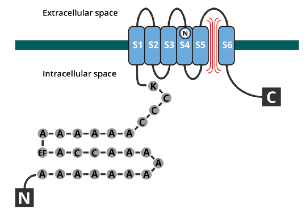
Capsaicin receptor protein structure
So far, more than 100 natural regulators targeting TRP channels have been found in nature, including alkaloids, terpenoids, phenols, peptides, flavonoids, etc., involving more than 70 species of animals and plants. Most of the modulators increase or decrease intracellular Ca2+levels by activating or inhibiting TRP channels, resulting in desensitization of nerve endings, induction of endogenous release, etc. Animal tests have demostrated that actives have abilities such as analgesia, anti-inflammation and nervous system protection, etc.
Scientific research shows that plant polyphenols such as resveratrol and gallnut extract are safe and efficient TRPV1 antagonists, which play an anti-inflammatory and analgesic role. Japanese scientist Yoshihito Shimazu et al. showed that the analgesic effect of partial use topical 10 mM resveratrol is comparable to 37 mM (1%) lidocaine (Brain Research Bulletin, http://dx.doi.org/10.1016/j.brainresbull.2016.06.001).

NanoSmooth targets TRPV1 target mechanism
Dihydrotomatine alkaloids are derived from the active ingredient of oats (Avenasativa) and have rapid anti-inflammatory and anti-itching activity. Studies have shown that oat alkaloids have multifunctional anti-inflammatory activity, including inhibition of keratinocyte nuclear factor NF-κB-α degradation directly related to inflammation, preventing phosphorylation of p65 protein subunit on nuclear factor NF-κB, thereby blocking the process of breaking cell inflammation; reducing the incidence of inflammatory immune response and skin neurodermatitis. Oat alkaloids inhibit TNF-alpha and induce activity of NF-kappa B degrading enzymes, reduce inflammatory factors and lead to the release of atopic dermatitis IL-8. At a low concentration of 30 ppm, oat alkaloids can greatly reduce the number of itching from contact dermatitis and neurodermatitis. The above evidence indicates that oat alkaloids have potent anti-inflammatory and anti-itch properties and are the potent non-steroidal anti-inflammatory and anti-itching natural ingredient with a potency comparable to hydrocortisone without any side effects of steroid hormones.
Tranilast is a drug very similar to the structure of dihydroolaline alkaloids and has powerful effects on: anti-inflammatory, anti-allergic, anti-irritation, fast anti-itching, antihistamine, immunomodulation, anti-fibrosis (anti-scarring), anti-erythema.
NanoSmooth can exert multiple effects such as antihistamine, anti-oxidation, anti-irritant, anti-inflammatory, and erythema and especially good at relieving sensitive skin, itching, irritation, redness, etc. The recommended dosage range from 0.5% to 5.0%.
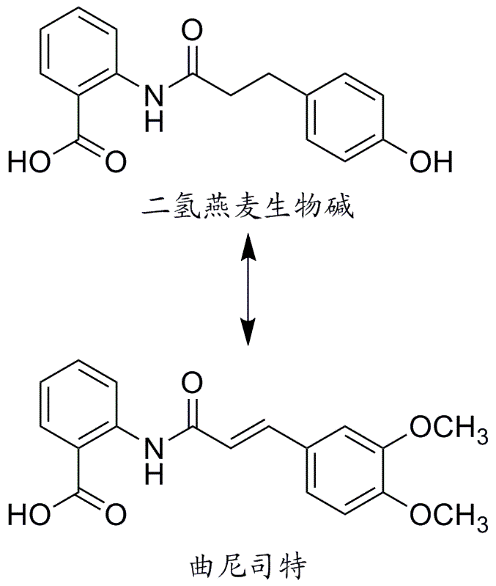
Dihydrotomatine alkaloids and Tranilast structure
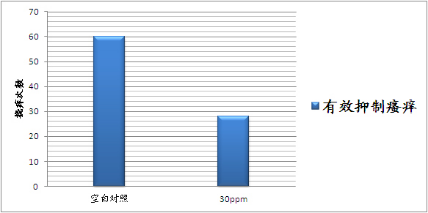
NanoSmooth can effectively suppress itching
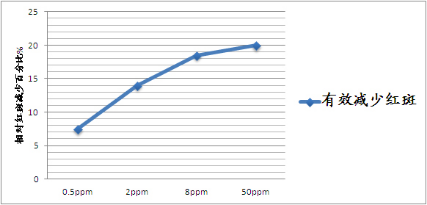
NanoSmooth can effectively reduce erythema
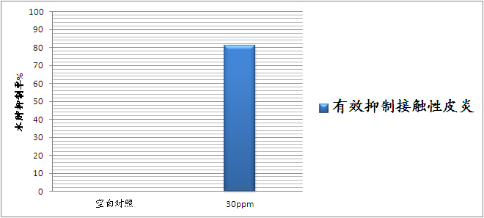
NanoSmooth can effectively inhibit contact dermatitis

NanoSmooth can effectively inhibit contact dermatitis
NanoSmooth developed by nanoChaneel Delivery System(NDS), completely solves the solubility problem of biopolyphenols and dihydrotomatine alkaloids. The active substances are stably encapsulated in nanocarriers, which are convenient for application, difficult to precipitate, and can significantly increase absorption efficiency and bioavailability.
Use : Adding at the low temperature stage, recommended dosage: 0.5-5.0%.
Storage: Keep it away from light at a temperature below 25℃.
